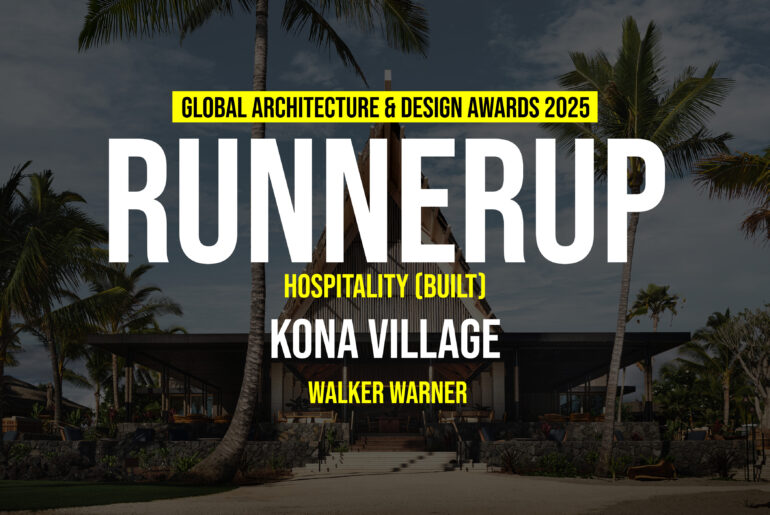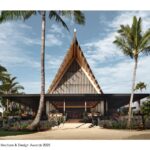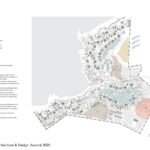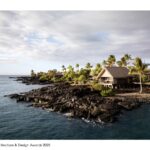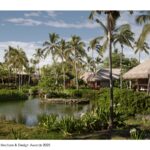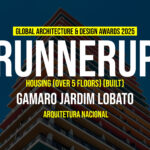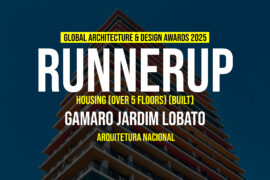Located on the culturally significant lands of Kaʻūpūlehu on the Island of Hawaii, Kona Village has been thoughtfully reimagined after the original resort was destroyed by a tsunami in 2011. Guided by the client’s vision to preserve its legacy, the redevelopment honors the historic resort’s past while embracing contemporary environmental and cultural stewardship.
Global Design & Architecture Design Awards 2025
Second Award | Hospitality (Built)
Project Name: Kona Village
Category: Hospitality (Built)
Studio Name: Walker Warner
Design Team: Principal: Greg Warner
Principal: Mike McCabe
Senior Project Manager: Gloria Kim
Senior Project Manager: John Lacy
Senior Project Manager: John Pierson
Project Manager: Chris May
Job Captain: Chris Ryan
Job Captain: Matthew Yungert
Job Captain: Philip Viana
Designer: Lawrence Raposo
Area: 300,000 square feet
Year: 2023
Location: Kailua Kona, Hawaii
Consultants: Executive Architect: Delawie
Interior Design: Nicole Hollis
Contractors: Ali’i Builders, Nordic PCL, Goodfellow Brothers, Re-Use Hawai’i
Planning & Landscape: VITA Planning & Landscape Architecture
Lighting: The Ruzika Company
Structural: GFDS Engineers
Mechanical: Isynergy
Electrical: Isynergy
Plumbing: Isynergy
Civil: Sam O. Hirota
Geotechnical: Geolabs
Technology: Engineering Plus
Signage: Image Global Vision
Fire Protection: Isynergy
Photography Credits: Douglas Friedman
Designed with deep sensitivity to place, the new Kona Village engages the island’s striking natural features—from lava fields and anchialine ponds to tropical vegetation and coastal views. Guest hale are arranged in crescent-shaped clusters along the property’s edge, echoing the communal layout of traditional villages. At the heart of the resort, shared amenities for dining, wellness, and recreation foster connection and reflect its original, camp-like atmosphere.
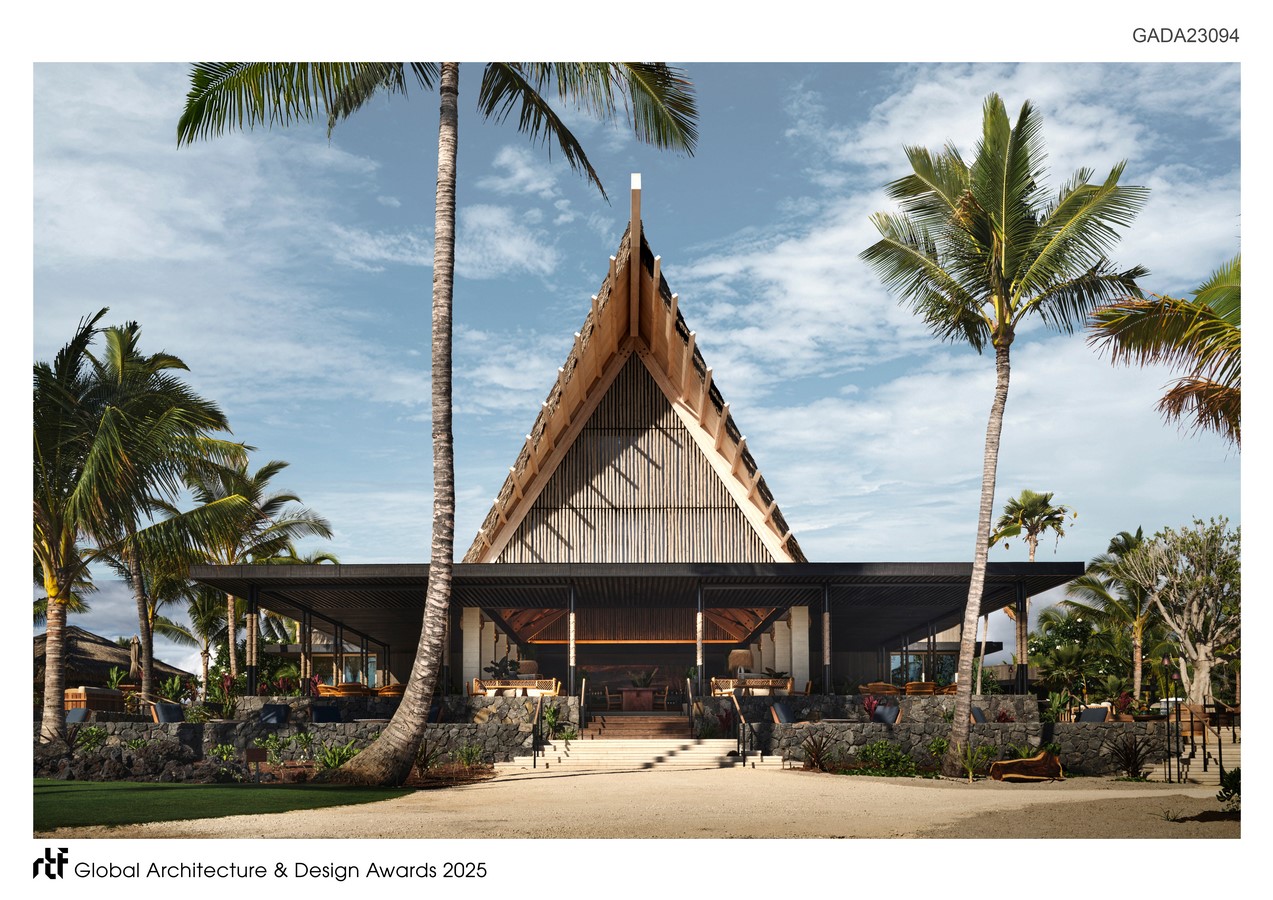
The architecture draws from Pacific Island traditions, blending vernacular forms with modern sustainable practices. Thatched rooflines—now made of recycled plastic rather than native leaves—nod to the past while reducing ecological impact. High-performance glazing, generous roof overhangs, and passive ventilation work in concert to minimize energy use, supported by on-site solar power, water reuse systems, and regionally sourced materials.
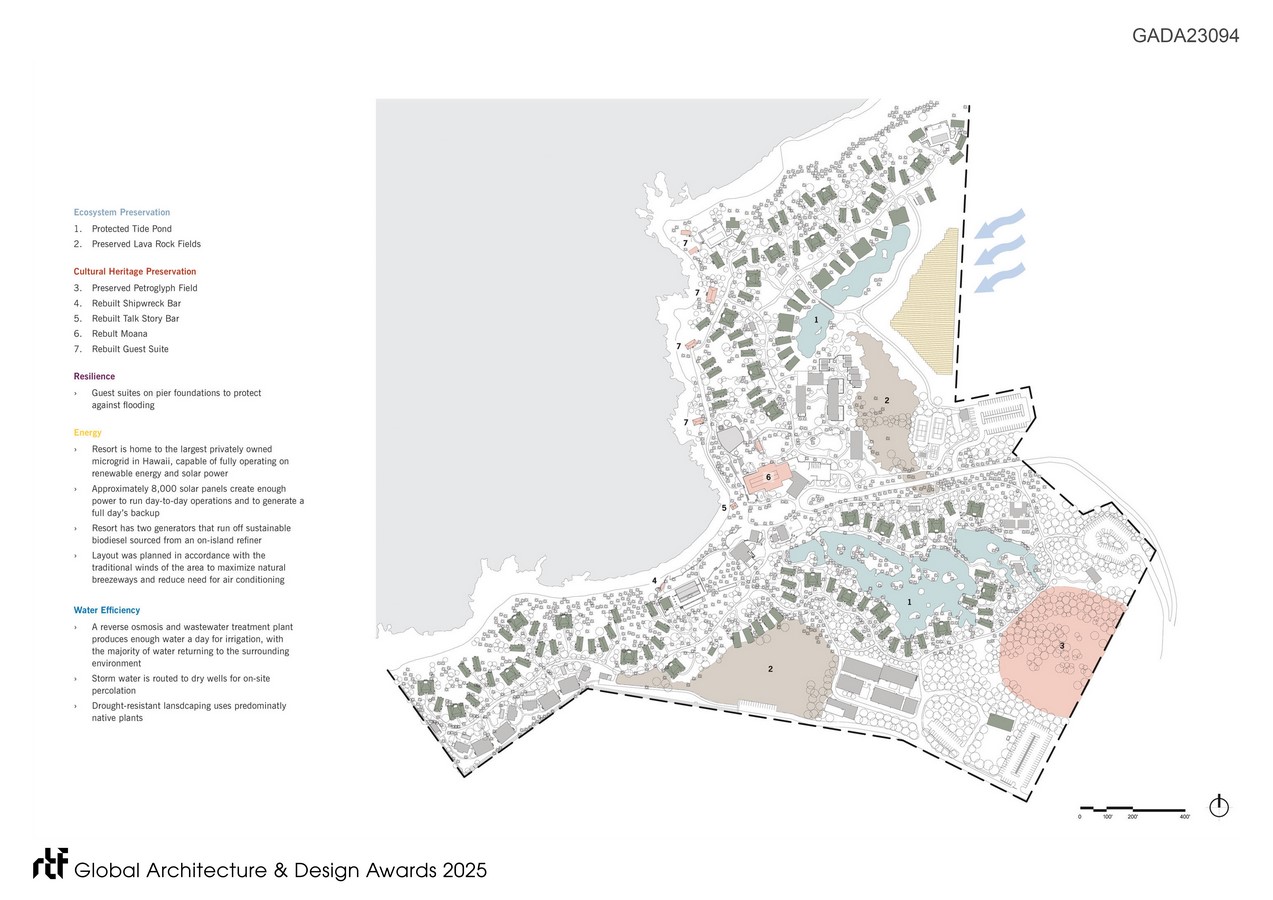
Today, Kona Village stands as a model of resilient, regenerative hospitality—a low-impact, LEED Gold-certified retreat that embodies the ecological and cultural richness of Hawaii.

